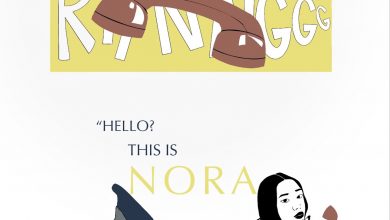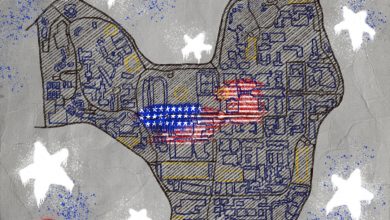Andi Potamkin: The Future of Feminism
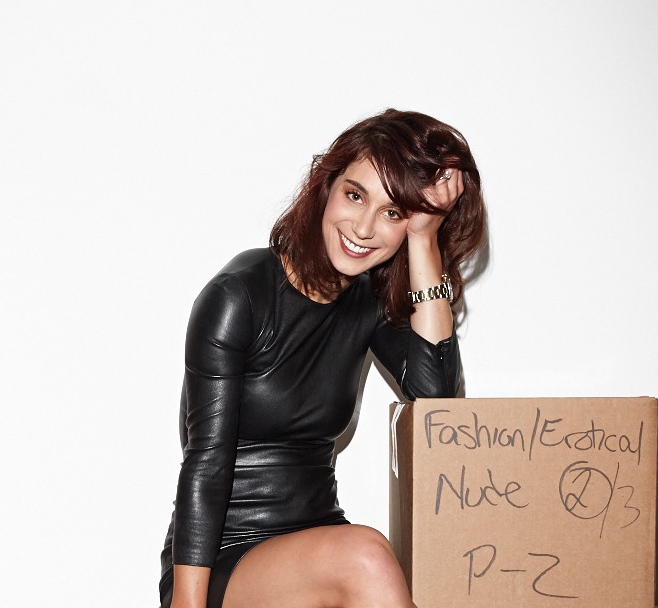
Image: Andy Potamkin, courtesy of Brittany Hewitt
A new wave of feminism is being spearheaded by the kick-ass woman who dominates her industry while standing for women’s rights. There is no better example of this than Andi Potamkin. Andi is steadfast, soft-spoken, willing to be bold and to make a statement in every industry she dips her toes in. She has dabbled in everything from curating and acting to photography and fashion. Andi was even selected for a Vogue style list during Art Basel last month.
Amidst the chaos of running her own gallery and the aftermath of Art Basel, I sat with Andi Potamkin of the Kasher Potamkin Gallery to discuss her views on the art world and feminism.
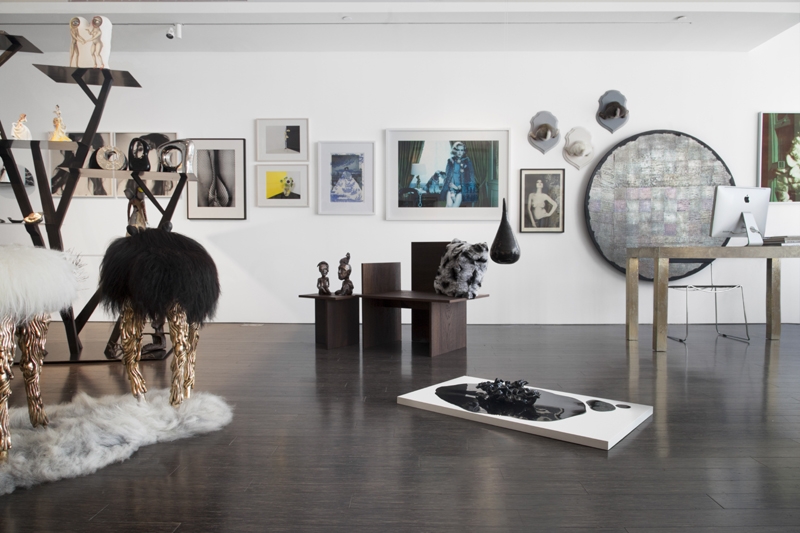
Andi: The Story.
“I wasn’t allowed to have Barbie dolls growing up, I didn’t want them anyway. I played with clay and plastic animals,” Andi admitted.
Unlike most little girls, her first encounter with Barbies came much later when she saw her step-mother’s exquisite antique Barbie collection. Andi realized that Barbie dolls and most toys for young girls were ridiculously configured but also beautifully designed. Just like this powerhouse curator’s first gallery, a Barbie doll exemplifies the splendid beauty in femininity by accenting female features.
Flashback to a few years ago, when Andi was on a very different life track.
After high school, she moved to New York in the hopes of studying philosophy, mythology and theater, alongside her current fiancé, Jordan Blackmore—an aspiring high-end hair designer. Though she performed on Broadway during this time, Andi missed the creative aspect of molding her physical atmosphere. While still in acting school and simultaneously working on Three Square Studio, Andi came to understand that curating the energy of a space is her true passion. “I realized that I had fallen in love with the ‘creating of this world’ aspect and the acting/being on stage was the icing on the cake.”
When Blackmore and Andi couldn’t find a hair studio with the creative vibe they wanted, they decided to create their own studio from the ground up. Together, they bought a concrete block on the edge of the booming Chelsea Market district in New York, where they conceptualized and built what today is Three Square Studio. Their goal: to create a space centered on beauty and creativity that combines the haircut experience with a rotating curated art exhibition. “This was empowering because I realized that you can succeed in any industry you are willing to commit to,” Andi comments.
Andi went door to door to every gallery in Chelsea, asking for pieces to curate a show in the hair studio. She was met with overwhelming rejection – until she walked into the Steven Kasher Gallery. “It was like going to an art show as a child,” Andi says of walking into his galleries.
At that point, her reaction was based simply on aesthetics as opposed to art’s background and context. Andi admits that in these early stages, no one understood her artistic direction because she herself did not yet fully understand what she was depicting.
“As with a lot of industries, you have to learn all of the rules before you can break them.”
Steven Kasher was the first to take a risk with an unknown name and told her he was willing to work with her because he liked her energy, although he was not entirely certain of her idea. Andi’s first show featured Phyllis Galembo, an international artist known for transporting the viewer into the midst of ethnic cultures.
Steven Kasher, renowned art dealer for almost three decades who focuses on socially and politically conscious photography, eventually made Andi the Director of Photography for his gallery.
“For me it has been a lot about context, so picking fashion photographers and reframing them in consumer’s minds to be ‘fine art’ is something I’m interested in.” Andi sought to recreate the experience of flipping through a magazine and taking one of the beautiful images into another frame, physically and contextually, to create a work of art. She used fashion photographers like Miles Aldrige and Roxanne Lowit to document this conversation between miraculous photographs and nouveau art pieces.
Eventually, Kasher wanted to expand Andi’s photography projects, but the projects were taking over his initial gallery. Andi came up with the perfect solution: to open a new gallery with Kasher as her partner. Kasher replied with a laugh, telling her she should be fired for suggesting something that audacious, but most certainly agreed to the gamble.
Always in firm opposition to the norm of conform, conform, conform, Andi sums up her journey with this message: “I think there should be young people giving advice to young people saying, ‘being innovative and weird and outspoken is good.”
In light of this mentality, Andi Potamkin embarked on creating a contemporary and fresh gallery. “The art world is expanding at an exponential rate,” Andi observes. “The white box gallery model no longer fits [consumers’] needs.”
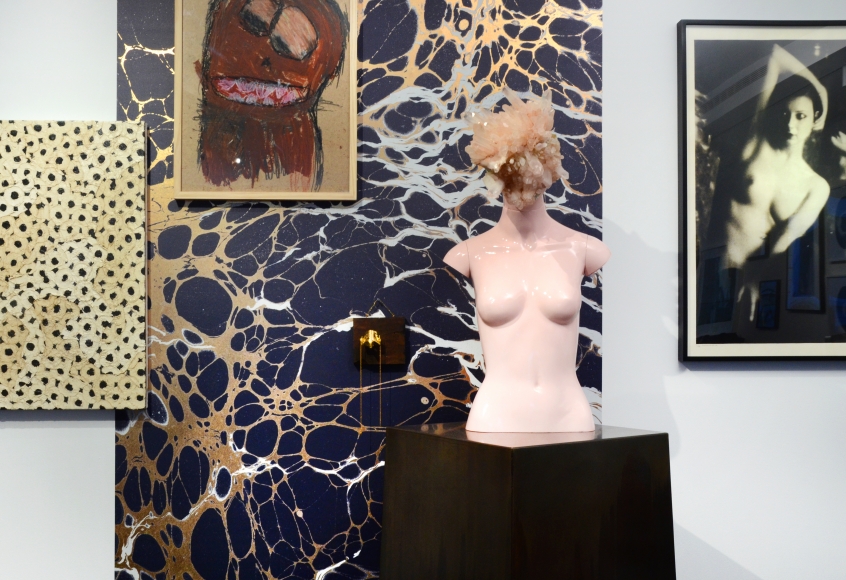
Andi sought to combat the notion of the average shopper entering the gallery and falling in love with a piece, but being unable to buy the piece since they cannot visualize it in the context of their own home. “What is hard to understand is that you can live with one of them. If you pick up a piece and put it in conversation with other pieces that speak to you, it will feed off your energy and it will channel you and be part of your own collection.” Andi fought this intimidation with the mission that “people can go in and realize you can shop for fine art.”
Kasher Potamkin hosts “thematic group shows” that change every two months, with a specific color scheme and energy.
The first show highlighted the ideal of the divine feminine in art. Andi first took the approach of highlighting the glamour of the woman who can “eat men alive with a martini in hand,” only to realize that she was not that person and she could not “honestly curate that show.” Andi realized, “You, Adam [her younger brother], and I could look at the same image of a woman and it would be perfect to each of us. There is a beauty in the woman who never needs to clip her toe nails or shave her legs or tweak her eyebrows.”
Andi better identified with images that show the vulnerabilities of being a woman while exhibiting the genuity in her presence that creates her overall beauty. Through her gallery curation, Andi paid homage to this woman in art. She searched for color schemes of black, silver and baby blue and attempted to create the feeling of a woman’s boudoir.
Her first show ended up being 90% female artists, coincidentally as the most aesthetically beautiful and intriguing works for the show. The show vastly dealt with ideas discussed in The Feminine Mystique, including the conflict created by females asserting their will to power and independence, followed by their reversion to domestic roles. Ultimately, the novel culminates in the present day—where women can choose to excel as mothers and wives while maintaining powerful careers, or choose one of the two roles.
“When I hear the word feminist, I think of someone who—in addition to what their daily roles might be—go out of their way to champion women,” Andi explains. “That is a beautiful thing.”
The struggles Andi has faced in making a name for herself in the art world have not been simply gender-based. “More than the difficulties I have faced by being a woman, these difficulties have been about being a young, attractive woman.”
Andi discussed the hypocrisy of the age and gender-based discrimination she faces on a daily basis. In her opinion, she often faces harsh judgment because the people in her industry can’t stand the fact that someone as young as her holds a position of power.

Still, Andi isn’t letting her haters bring her down: She contends that there’s an important distinction between being young and being inexperienced.
Andi steadfastly refuses to even entertain negative comments that depict women as lesser than men in any way. “When I was younger I heard a lot, ‘you’re so lucky that you are smart’ and I felt like people were telling me you can be smart or beautiful,” she explains. Today, Andi embodies new wave feminism by accomplishing both.
“[Those who objectify women] are like bigots, like wild animals: if they smell fear they will feed on that but if you look them straight in the eye, they will run away,” she continues. “They only get as much power as you choose to give them.”
Andi admits that being a woman in a male-dominated industry does not exactly cross her mind very often. “To me, the idea of being a woman and that anyone thinks I am any less than a man is almost laughable,” Andi continues. “We have proven that we are both powerful in our own ways. The cat is out of the bag: no one thinks women aren’t smart anymore.”
This translates into Andi’s work in the art world. “I was recently giving a talk to an older crowd and a man said, ‘I think it’s difficult for women to create art without an underlying conversation about what it is to be a woman.’ I said, ‘That’s ridiculous – that’s like saying African Americans can only make art about African Americans.’”
Headstrong and soft-spoken, Andi Potamkin is the quintessential modern feminist.
“Women are cool,” Andi laughs. “You get me talking about women and I’ll talk your ear off forever.”

